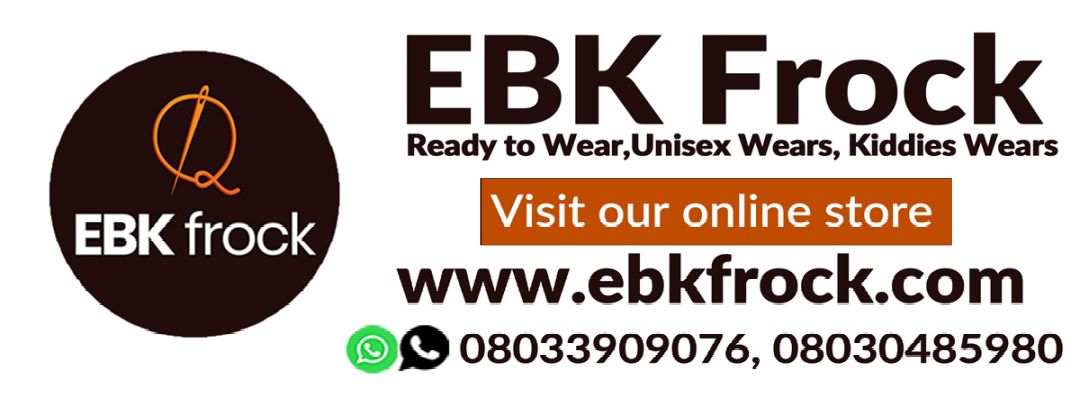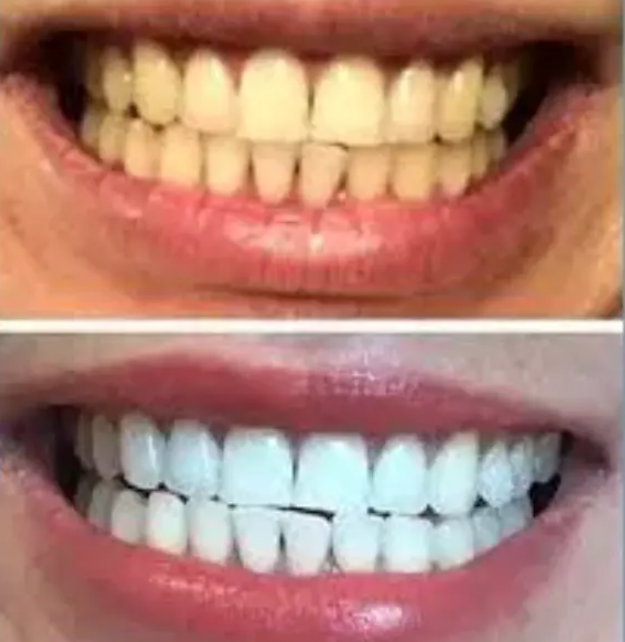You may be able to whiten your teeth at home naturally using products you can find in the grocery store. However, the science behind these methods is lacking.

According to one survey, 80% of American adults ages 18-49 want whiter teeth and Americans reportedly spent over $1.4 billion on at-home whitening products in 2016.
There are plenty of products to choose from when it comes to whitening your teeth.
However, most whitening products use chemicals to bleach your teeth, which could be a concern for many people.
If you want whiter teeth but also want to avoid the chemicals, this article lists many options that are both natural and safe.
View video transcript
Practice oil pulling
Oil pulling is a traditional remedy, originating in India, meant to improve oral hygiene and remove toxins from the body.
The practice involves swishing oil around in your mouth to remove bacteria, which can turn into plaque and cause your teeth to look yellow.
Coconut oil is a popular choice because it has a pleasant taste and offers many health benefits.
Coconut oil is also high in lauric acid, which is known for its ability to reduce inflammation and kill bacteria.
A few studies have shown that daily oil pulling reduces bacteria in the mouth, along with plaque and gingiviti.
Streptococcus mutans is one of the primary types of bacteria in the mouth that cause plaque and gingivitis. One study found that daily swishing with coconut oil significantly reduced Streptococcus mutans after two weeks and was as effective as an antimicrobial mouthwash.
No scientific studies have proven that oil pulling whitens your teeth. However, it’s a safe practice and worth a try. Many people claim their teeth are whiter and brighter after regular oil pulling.
To oil pull, put 1 tablespoon (15 ml) of coconut oil in your mouth and push and pull the oil through your teeth. Coconut oil is solid at room temperature, so you may need to wait a few seconds for it to melt. Continue the oil pulling for 15–20 minutes.
Be sure to spit the coconut oil into a toilet or trash can, as it could return to solid form once in your drain pipes and cause a clog.
Unlike many other tooth whitening methods, coconut oil pulling does not expose your teeth to acid or other ingredients that erode the enamel. This means it’s safe to do daily.
Brush with baking soda
Baking soda has natural whitening properties, which is why it’s a popular ingredient in commercial toothpaste.
It’s a mild abrasive that can help scrub away surface stains on teeth.
Additionally, baking soda creates an alkaline environment in your mouth, which prevents bacteria from growing.
This isn’t a remedy that will whiten your teeth overnight, but you should notice a difference in the appearance of your teeth over time.
Science has not yet proven that brushing with plain baking soda will whiten your teeth, but several studies show that toothpaste containing baking soda can improve dental health and may have a whitening effect.
One study found that toothpastes containing baking soda were significantly more effective at reducing plaque, gum inflammation, and bleeding more than regular toothpaste without baking soda.
Furthermore, another review concluded that toothpastes containing baking soda may be more effective at removing stains and whitening teeth than other types of toothpaste.
To use this remedy, mix 1 teaspoon (6 grams) of baking soda with 2 teaspoons of water (5 ml) and brush your teeth with the paste. You can do this a few times per week.
Use hydrogen peroxide
Hydrogen peroxide is a natural bleaching agent that also kills bacteria in your mouth.
In fact, people have been using hydrogen peroxide for years to disinfect wounds because of its ability to kill bacteria.
Many commercial whitening products contain hydrogen peroxide, although at a much higher concentration than you will use at home.
No studies have investigated the effects of rinsing or brushing with hydrogen peroxide alone, but several studies have analyzed commercial toothpastes containing peroxide.
One study found that a toothpaste containing a higher amount of hydrogen peroxide was more effective at whitening teeth after 12 weeks than toothpastes that contained a lower amount.
Another study found that a toothpaste with hydrogen peroxide was more effective than other types of toothpaste — including charcoal-containing and abrasive toothpastes — at reducing tooth discoloration caused by coffee.
However, there are some questions regarding the safety of hydrogen peroxide.
While heavily diluted concentrations appear safe, strong concentrations or overuse can cause gum irritation and tooth sensitivity. There’s also concern that high doses may cause cancer, but this has not been proven.
One way to use hydrogen peroxide is as a mouthwash before you brush your teeth. Make sure you are using a 1.5% or 3% solution to avoid side effects.
The most common concentration of hydrogen peroxide at the drugstore is a 3% solution. You can dilute this concentration to 1.5% by mixing equal parts peroxide and water.
Another way to use hydrogen peroxide is by mixing it with baking soda to make a toothpaste. Combine 2 teaspoons (10 ml) of hydrogen peroxide with 1 teaspoon (6 grams) of baking soda and gently brush your teeth with the mixture.
Limit the use of this homemade paste to a few times per week, as overuse can erode your tooth enamel.
Eat fruits and vegetables
A diet high in fruits and vegetables may be good for both your body and your teeth.
While they’re no substitute for brushing them, crunchy, raw fruits and vegetables can help rub plaque away as you chew.
Strawberries and pineapple are two fruits that have been claimed to help whiten your teeth.
Strawberries
Whitening your teeth with a strawberry and baking soda mixture is a natural remedy that has been made popular by celebrities.
Proponents of this method claim that the malic acid found in strawberries will remove discoloration on your teeth, while the baking soda will buff away stains.
However, this remedy has not been completely backed up by science.
While strawberries may help exfoliate your teeth and make them appear whiter, they are unlikely to penetrate the stains on your teeth.
A 2015 study found that a strawberry and baking soda mixture produced very little color change in teeth, compared with commercial whitening products.
If you decide to give this method a try, limit its use to a few times per week.
Despite studies showing that a strawberry and baking soda paste had a minimal effect on tooth enamel, excessive use could cause damage.
To use this remedy, smash a fresh strawberry, combine it with baking soda, and brush the mixture onto your teeth.
Pineapple
Some claim that pineapple can whiten teeth.
One study found that a gel made with bromelain, an enzyme found in pineapples, could help remove tooth stains compared to a control group.
However, there is no evidence that eating pineapples produces the same effect.
Don’t underestimate the value of brushing and flossing
While some tooth discoloration naturally comes with age, it’s largely a result of plaque buildup.
Regularly brushing and flossing can help your teeth stay white by reducing bacteria in your mouth and preventing plaque buildup.
Toothpaste gently rubs out stains on your teeth, and flossing removes bacteria that lead to plaque.
Regular dental cleanings can also help your teeth stay clean and white.
Prevent tooth stains before they happen
While your teeth naturally yellow as you age, some things can help prevent stains on your teeth.
Limit staining foods and beverages
Coffee, red wine, soda, and dark berries are infamous for staining teeth.
That doesn’t mean you have to completely avoid them, but you should limit the amount of time these substances are in contact with your teeth.
If possible, drink beverages known to stain teeth out of a straw to prevent direct contact with your teeth.
Moreover, brush your teeth roughly 60 minutes after consuming one of these foods or beverages to limit their effects on the color of your teeth.
Additionally, limit or avoid smoking and chewing tobacco, as both can cause tooth discoloration.
Limit your sugar intake
If you want whiter teeth, cut back on your sugar intake.
A diet high in sugar supports the growth of Streptococcus mutans, the primary type of bacteria that causes plaque and gingivitis.
When you consume a sugary food, be sure to brush your teeth soon after.
Get plenty of calcium in your diet
Some tooth discoloration is caused by enamel eroding and exposing the dentin underneath, which is yellow. Therefore, anything you do to strengthen the enamel of your teeth will help keep your teeth pearly white.
Calcium-rich foods, such as milk, cheese, and broccoli, may help protect your teeth from enamel erosion.
Other methods that are not proven
There are a few other natural teeth whitening methods, but there is no scientific evidence to prove that they are safe or effective.
Some of the unproven methods include:
Activated charcoal. Brushing with powdered charcoal supposedly pulls toxins from the mouth and removes stains from teeth, though research shows this is likely ineffective.
Kaolin clay. Proponents of this method claim that brushing with clay helps remove stains from teeth.
Fruit peels. Rubbing orange, lemon, or banana peels on your teeth is claimed to make them whiter.
Apple cider vinegar. There is no evidence that using apple cider vinegar as a mouthwash helps whiten your teeth. On the contrary, it weakens the enamel and may increase tooth decay.
Advocates of these methods claim they make teeth significantly whiter, but no studies have evaluated their effectiveness. This also means that they have not been tested for side effects when used on teeth.




